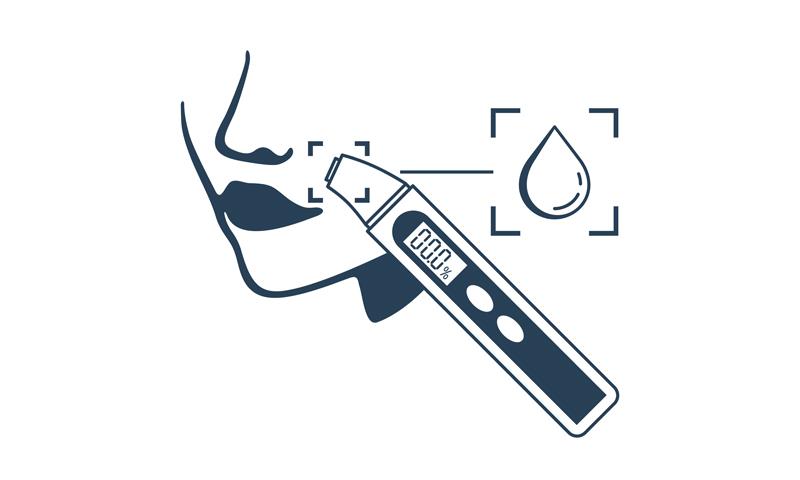Handheld skin analysis device delivers reliable skin age, health readings





A novel handheld device can measure age-related skin parameters, including facial age, wrinkles, and skin evenness, with an accuracy that is similar to that of other well-established skin analysis devices, as reported in a study.
Named Skinly, the device employs a multi-parametric approach to analyse the skin’s properties as comprehensively as possible, according to the team of Germany-based researchers who developed the device.
The device equips a moisture sensor and camera with three different light sources: nondirect, cross-polarized, and short wavelength light exciting skin fluorescence. The moisture sensor is calibrated to the maximum range by measuring air and wet tissues (0–100 au) as well as dry and moisturized skin. Meanwhile, the camera harnesses macro-optics capable of taking close-up images of the skin, especially the cheek, the corner of the eye, the forehead, and the area above the wrist.
An accompanying smartphone software application assists device users during measurements. Additionally, the application can be used to document data regarding sleep, nutrition, special skin conditions, or menstrual cycle. It also has a geolocation capability, which allows evaluation of local environmental conditions that may influence skin health such as temperature, humidity, pollen count, and the ultraviolet index.
Testing and validation
Computer algorithms facilitate the measurement of skin parameters. These algorithms were constructed using data from participants recruited in various countries. The age of the participants ranged from 18 to 60 years, with approximately 90 percent being women and a predominant ethnic composition of Caucasian and Asian origins.
Measurements for facial age (validation dataset, n=9,657), skin evenness (validation dataset, n=9,597), and wrinkle depth (validation dataset, n=9,704) were validated using measurements performed by device users at home, whereas those for glossiness, redness, skin tone, and porphyrin levels were validated using data obtained from investigator assessment of skin at the laboratory or in vitro tests.
“To cope with the expected data volumes and their complexity, we incorporated modern data handling and data processing infrastructures based on cloud computing,” the researchers said.
Based on the findings, there was a high correlation between the assigned facial age, predicted by the facial age algorithm from the images taken by Skinly, and the participants’ actual age. [Skin Res Technol 2024;30:e13613]
“It is important to note that the objective of the device is not to predict the calendric age of a person but the assigned/apparent age such that it is possible to identify slow and fast agers as ageing depends largely on personal lifestyle,” the researchers noted.
Likewise, the device was able to capture an increase in the density and length of deep wrinkles and a decrease in general evenness of cheek skin with rising age, consistent with published literature. [Skin Res Technol 2022;28:719-728; J Invest Dermatol 1979;73:47-53]
Measurements taken with the Skinly device also correlated with those obtained with available well-established instruments, such as the Glossymeter for glossiness (r=0.93, n=17), Visiopor for porphyrin fluorescence (r=0.96, n=15), Colorimeter and Spectrophotometer for skin tone (r=0.99 for both).
“We [also] compared results of the studies on the effect of moisturizing formulations on skin hydration with using Skinly and Corneometer… Both [devices] showed very similar and statistically significant results regarding the difference in hydration relative to baseline values after treatment,” the researchers said.
Taken together, the findings point to the potential of Skinly to replace more expensive, time-consuming diagnostic tools, according to the researchers, who believe that the device will prove valuable in dermatological research, offering a reliable, versatile tool for comprehensive skin analysis.